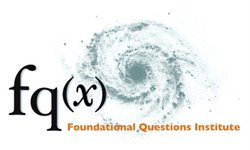Non-locality: Aspects and Consequences
132:028
Nordita
Venue

Nordita, Stockholm, Sweden
Scope
The workshop focuses on non-locality in quantum foundations, quantum information, and quantum gravity, including string theory and emergent gravity. The aim of the workshop is to bring together researchers working on various aspects of non-locality, to identify commonalities as well as differences in the role non-locality plays in different approaches to a fundamental description of space, time and matter.
Slides from talks:
- "Just an illusion" by Giovanni Amelino-Camelia
- "Relative locality in 3 dimensions" by Jerzy Kowalski-Glikman
- "Non-local charges, curved momentum space and fractal space-time" by Michele Arzano
- "Gauge theories on canonically deformed spaces" by Michael Wohlgenannt
- "Gravity from phase transitions" by Lorenzo Sindoni
- "3D gravity and the deformation of particle kinematics" by Tomasz Trzesniewski
- "Real clocks: a toy model for non-locality" by Tomasz Trzesniewski
Application
If you want to apply for participation in the program, please fill in the application form. You will be informed by the organizers shortly after the application deadline whether your application has been approved. Due to space restrictions, the total number of participants is strictly limited.
Application deadline: May 25, 2012
There is no registration fee.


